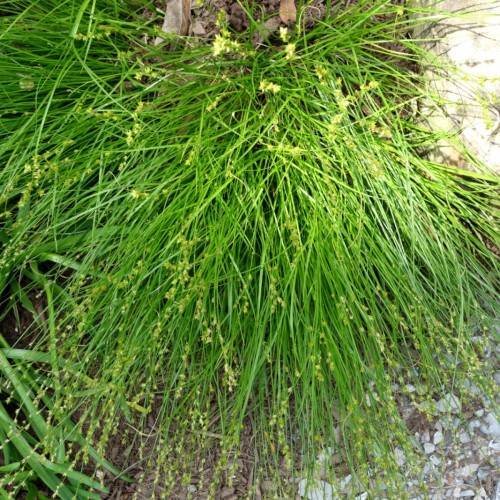
western red cedar
Thuja plicata 'Whipcord'
Cycle:
Perennial
Watering:
Average
Hardiness Zone:
5 - 7
Flowers:
Flowers
Sun:
Full sun
Soil:
Loamy Clay Humus Rocky
Cones:
Yes
Leaf:
Yes
Growth Rate:
Moderate
Maintenance:
Moderate
Drought Tolerant:
Yes
Salt Tolerant:
Yes
Care Level:
Low
watering
Western Red Cedar (Thuja plicata 'Whipcord') should be watered when the soil beneath it is dry. During the summer months, water this plant every 5-7 days, making sure that the soil is moist but not soggy. In the winter months, the frequency of watering should be reduced to about once a month. This plant prefers moist, well drained soil in a spot that receives at least 4 hours of sun a day.
sunlight
Western Red Cedar (Thuja plicata 'Whipcord') requires 6 to 8 hours of direct sunlight per day in order to thrive. It enjoys full sun during the spring and summer months and can tolerate partial to full shade during the winter months. This plant species should be planted in an area where it receives both morning and afternoon sunlight during the growing season. Additionally, it should be protected from harsh south or west winds that could dehydrate the foliage and damage the needles.
pruning
Western Red Cedar (Thuja plicata 'Whipcord') is best pruned in late winter or early spring. Pruning should be minimal and selective. To maintain a compact form, lightly shear the outer growth of the plant in early spring, making sure the shearing does not reduce the branch density. When removing larger branches, it is important to make clean cuts close to the base of the branch, and to avoid over-pruning. If pruned too heavily, or at the wrong time of year, the plant will not be able to produce enough new growth to maintain its shape and may become sparse and leggy.
